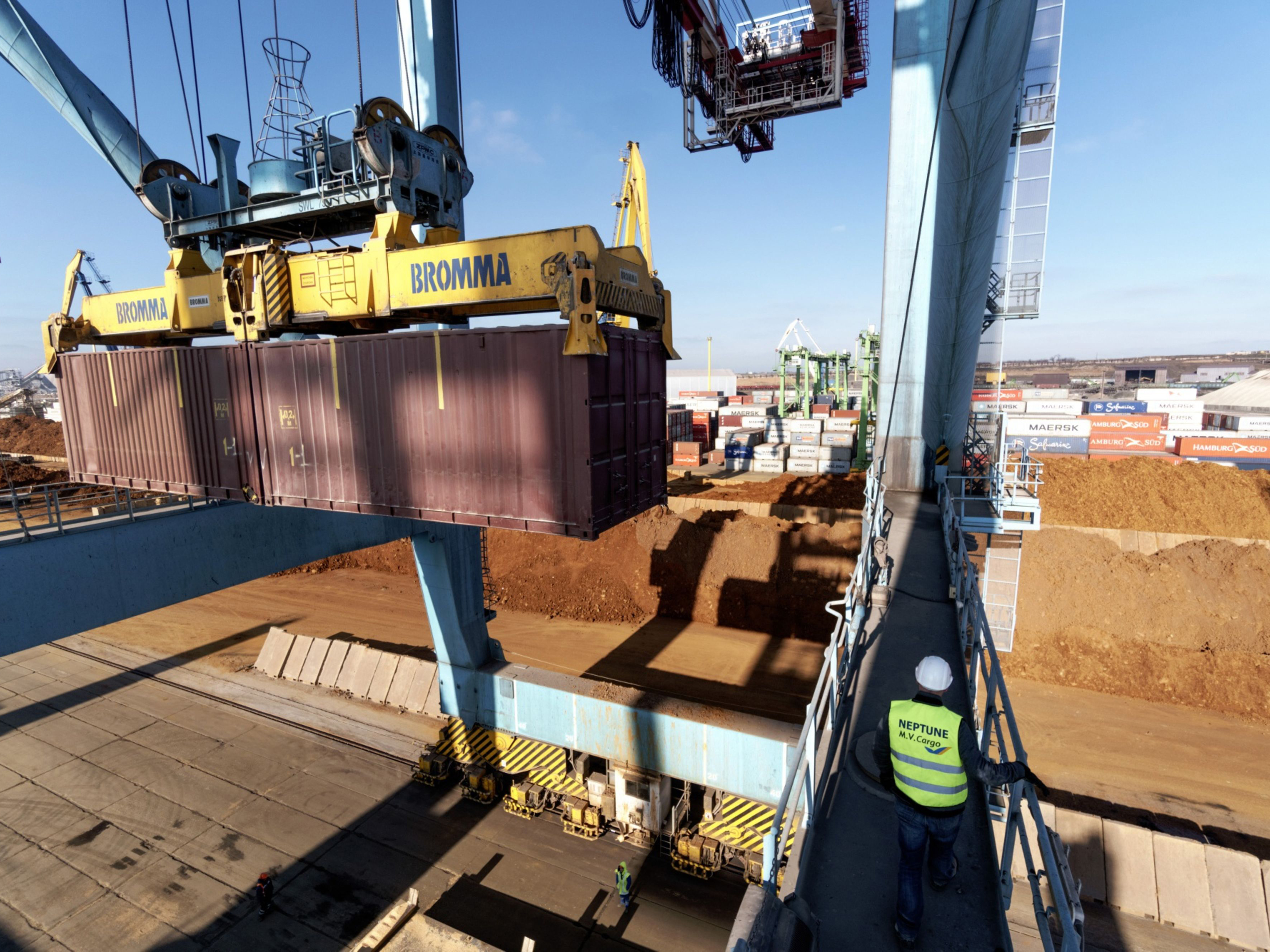
Visit Our Sponsors |
|
|
|
|
|
|
|
|
|
|
|
|
|
|
|
|
|
|
|
|
|
|
|
|
|
|
|
|
|
|
|
|
|
|
|
|
|
|
|
|
|
|
|
|
|
|
|

Food prices will likely stay elevated in 2022 as disruptions to the global supply chain are set to persist, according to the head of Cargill Inc., who highlighted labor shortages as one of the biggest risks facing the industry.
Whether it’s meat processors, truckers, warehouse operators or port staff, the global food system is seeing more competition for workers.
Plants are not running at full capacity, constraining food supplies and creating the potential for further price gains, said David MacLennan, chief executive officer of the agriculture powerhouse.
“I thought inflation in ags and food was transitory. I feel less so now because of continued shortages in labor markets,” MacLennan said in an interview at the Bloomberg New Economy Forum in Singapore. “That’s one of the inputs to the supply chain that we’re watching most carefully.”
World food prices climbed to a decade high in October, threatening even higher grocery bills for households and potentially worsening global hunger. Bad weather has hit harvests, freight costs have soared and labor shortages have roiled the food supply chain. An energy crisis has also caused a dramatic surge in fertilizer bills for farmers all around the world.
MacLennan said in September that soaring food costs would prove transitory and should dissipate in time. Since then, the rally in energy prices and continued supply chain snarls have made markets “a lot tighter,” he said.
“When you have limited supply, that can lead to higher prices,” MacLennan said. However, he noted that China hasn’t been buying crops as aggressively as it did last year, while North American harvests are robust. “That takes some pressure off the system.”
Food Versus Fuel
Overall, the food and agriculture system has proved very resilient, he said at the Bloomberg New Economy Forum in Singapore Thursday. Even with “the inevitable natural disasters coming from climate volatility, by and large, the food supply chain has worked pretty well in the last year or so, with Covid, but nonetheless it’s something we cannot take for granted.”
A search for greener airplane fuel and biodiesel is also pitting food against energy production, leading to tighter edible oil supplies. Prices for palm oil, the most consumed vegetable oil, have soared about 50% in the past year, while soybean oil is up 60%. Canola, also used to make oil, is near a record.
The food-versus-fuel tension will become more intense than it’s ever been in the last 15 years, MacLennan said. The day will come when more agricultural products will be used for energy than food, so it will be incumbent upon the farmers of the world to innovate and become more productive, he added.
RELATED CONTENT
RELATED VIDEOS
Timely, incisive articles delivered directly to your inbox.






